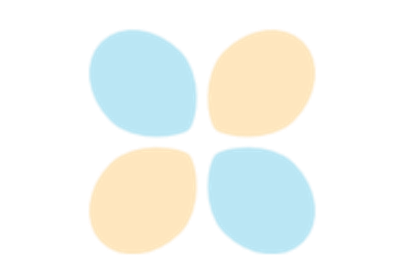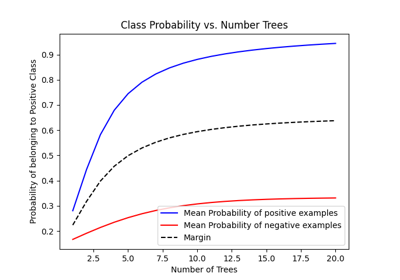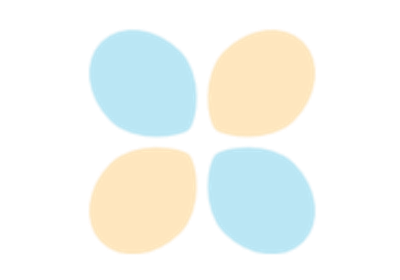srlearn.rdn.BoostedRDNClassifier¶
- class srlearn.rdn.BoostedRDNClassifier(background=None, target='None', n_estimators=10, node_size=2, max_tree_depth=3, neg_pos_ratio=2, solver=None)[source]¶
Relational Dependency Networks Estimator
Wrappers around BoostSRL for learning and inference with Relational Dependency Networks written with a scikit-learn-style interface derived from
sklearn.base.BaseEstimatorSimilar to
sklearn.ensemble.GradientBoostingClassifier, this builds a model by fitting a series of regression trees.Examples
>>> from srlearn.rdn import BoostedRDNClassifier >>> from srlearn import Background >>> from srlearn.datasets import load_toy_cancer >>> train, test = load_toy_cancer() >>> bk = Background(modes=train.modes) >>> dn = BoostedRDNClassifier(background=bk, target="cancer") >>> dn.fit(train) BoostedRDNClassifier(background=setParam: numOfClauses=100. setParam: numOfCycles=100. usePrologVariables: true. setParam: nodeSize=2. setParam: maxTreeDepth=3. mode: friends(+Person,-Person). mode: friends(-Person,+Person). mode: smokes(+Person). mode: cancer(+Person). , n_estimators=10, neg_pos_ratio=2, solver='BoostSRL', target='cancer') >>> dn.predict(test) array([ True, True, True, False, False])
- __init__(background=None, target='None', n_estimators=10, node_size=2, max_tree_depth=3, neg_pos_ratio=2, solver=None)[source]¶
Initialize a BoostedRDN
- Parameters
- background
srlearn.background.Background(default: None) Background knowledge with respect to the database
- targetstr (default: “None”)
Target predicate to learn
- n_estimatorsint, optional (default: 10)
Number of trees to fit
- node_sizeint, optional (default: 2)
Maximum number of literals in each node.
- max_tree_depthint, optional (default: 3)
Maximum number of nodes from root to leaf (height) in the tree.
- neg_pos_ratioint or float, optional (default: 2)
Ratio of negative to positive examples used during learning.
- background
- Attributes
- estimators_array, shape (n_estimators)
Return the boosted regression trees
- feature_importances_array, shape (n_features)
Return the feature importances (based on how often each feature appears)


